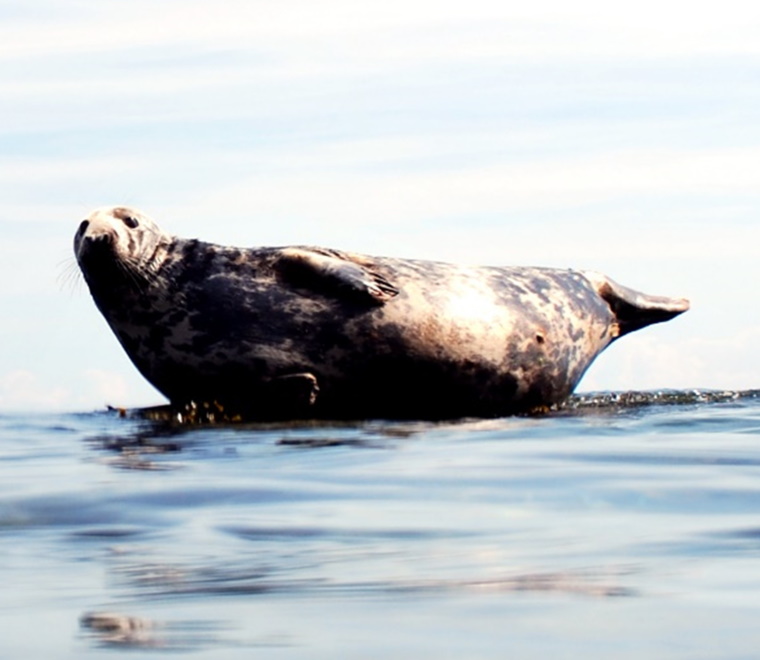

A call for underwater noise assessment guidance
Historically, there has been a lack of standardised protocols and associated terminology for measuring and describing underwater noise.
Human activity in or near to the aquatic environment can generate underwater sound potentially affecting fauna in a number of ways. These range from masking biologically relevant signals, evoking behavioural responses and causing hearing damage resulting in physical injury or even death at very high received levels of noise. To assess the potential effects of noise generating activities on aquatic fauna, an underwater noise assessment is usually required as part of an Environmental Impact Assessment (EIA) or a Habitats Regulations Assessment (HRA). In essence, this involves predicting the propagation of underwater noise from the sound source and applying recognised response thresholds to determine whether there is likely to be a significant adverse effect in aquatic species.
Historically, there has been a lack of standardised protocols and associated terminology for measuring and describing underwater noise. A number of initiatives have investigated these issues, including the Marine Strategy Framework Directive (MSFD) and OSPAR at a European level and the Underwater Sound Forum at a national level. Best practice guidance has also been published that includes advice on the appropriate metrics to use in underwater noise measurements (TNO 2011; NPL, 2014). In addition, a recent paper has provided further clarity on the underwater noise propagation models that are technically considered most appropriate to use in different scenarios (Farcas et al., 2016). However, using more complex models should be proportionate to the scale of the development.
Although the science underpinning underwater acoustics is established and generally well understood, there continues to be considerable uncertainty in the relationship between received levels of noise and actual effects on aquatic fauna both at the individual and population level. Physiological and injury response thresholds have recently been published for fish and marine mammals (e.g. NOAA, 2016; Popper et al., 2014) and these have been helpful in ensuring that underwater noise assessments apply a consistent approach in assessing the potential for mortality, injury and temporary hearing impairment. Yet there continues to be no published behavioural thresholds and those unpublished thresholds that do exist have not been validated by experimental study (e.g. Nedwell et al., 2007).
Primary advisors (statutory authorities) to the marine licensing authority in England, the MMO, currently offer conflicting views on the scope and approach to be followed in underwater noise assessments. These not only relate to the propagation models that should be used but also the response thresholds that are considered acceptable. This is not helpful as it results in unnecessarily lengthy and inconsistent underwater noise assessments.
We believe there is a need for joined-up regulatory guidance endorsed by all of the relevant statutory authorities (namely Cefas, the Environment Agency and Natural England). Such guidance would help ensure future underwater noise assessments met requirements whilst remaining focussed, clear and consistent.
References
Farcas, A., Thompson, P.M., Merchant, N.D., 2016. Underwater noise modelling for environmental impact assessment. Environmental Impact Assessment Review 57: 114-122. National Physical Laboratory (NPL), 2014.
Good Practice Guide No. 133 Underwater Noise Measurement. TNO, 2011.
Standard for measurement and monitoring of underwater noise, Part II: procedures for measuring underwater noise in connection with offshore wind farm licensing. Author(s) C.A.F. de Jong, M.A. Ainslie, G. Blacquière.
Image courtesy Oceans Edge Photography


